 |
|
|
HOME
|
US Navy -
ships
|
US Navy - air
units
|
USMC - air
units
|
International
Navies
|
Weapon Systems
|
Special Reports |
|
|
US Navy Freedom class Littoral Combat Ship - LCS |
|
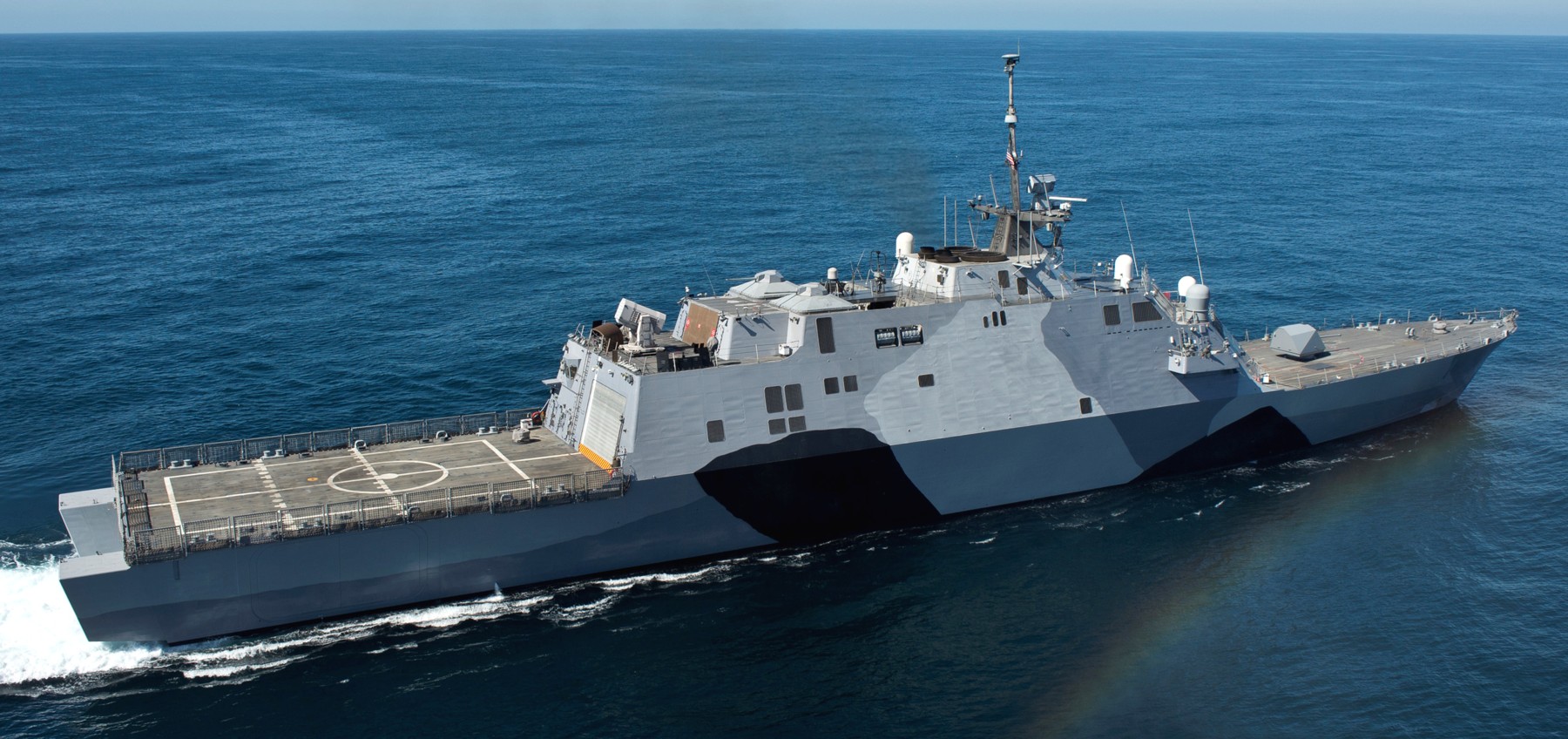 |
|
| 11/23 | |
| Ships: | |
|
LCS 1
USS Freedom
(2008) LCS 3 USS Fort Worth (2012) LCS 5 USS Milwaukee (2015) LCS 7 USS Detroit (2016) LCS 9 USS Little Rock (2017) LCS 11 USS Sioux City (2018) LCS 13 USS Wichita (2019) LCS 15 USS Billings (2019) LCS 17 USS Indianapolis (2019) LCS 19 USS St. Louis (2020) LCS 21 USS Minneapolis-St. Paul (2022) LCS 23 USS Cooperstown (2023) LCS 25 USS Marinette (2023) LCS 27 USS Nantucket (2024) LCS 29 USS Beloit (2024) LCS 31 USS Cleveland (?) |
|
| Specifications: | |
|
Builder:
Fincantieri Marinette Marine
Corporation, Marinette, Wisconsin, USA
Displacement: 3500 tons (full load) Length: 115 meters (378 feet) Beam: 17.5 meters (57.4 ft) Draft: 3.9 meters (12.8 ft) Speed: 47 knots (87 km/h) in sea state 3 Range: 3500 NM (6500 km) at 18 knots (33 km/h) Complement: 50 core crew / accomodations for 75 Propulsion: CODAG (combined Diesel and Gas) 2 x Rolls-Royce MT30 gas turbines (2 x 48000 hp / 36 MW) 2 x Colt-Pielstick 16PA6B diesel engines (2 x 9100 hp / 6.8 MW) 4 x Rolls-Royce Kamewa 153SII waterjets; 2 steerable Installed Power: 4 x Isotta Fraschini V1708 diesel engines Hitzinger generator units 800 kW, each
Aviation: 1 x MH-60R/S Seahawk helicopter 1-2 x MQ-8B / MQ-8C Fire Scout UAV’s Systems: EADS North America TRS-3D air and surface search radar, TRS-4D from LCS 17 Lockheed Martin COMBATSS-21 combat management system AN/SQR-20 Multi-Function Towed Array (as part of ASW mission module) Argon ST WBR-2000 ESM system Terma A/S SKWS decoy system |
|
|
The Freedom class was proposed by a consortium formed by Lockheed
Martin as "prime contractor" and by Fincantieri (project) through
the subsidiary Marinette Marine (manufacturer) as a contender for a
fleet of small, multipurpose warships to operate in the littoral
zone. Two ships were approved, to compete with the
Independence-class design offered by General Dynamics and Austal for
a construction contract of up to 55 vessels. Despite initial plans to only accept two each of the Freedom and Independence variants, the U.S. Navy has since announced plans to order up to 10 additional ships of each class, for a total 12 ships per class. As of 2016, five ships are active and an additional nine are either on order, under construction, or fitting out. In early September 2016, the first four vessels of the LCS program were announced to be used as test ships rather than being deployed with the fleet. This includes Freedom and Fort Worth. In February 2020, the Navy announced that it plans to retire the first four LCS ships. On 20 June 2020, the US Navy announced that all four would be taken out of commission in March 2021, and will be placed in inactive reserve. Planning and construction: Planning for a class of small, multipurpose warships to operate in the littoral zone began in the early 2000s. The construction contract was awarded to Lockheed Martin's LCS team (Lockheed Martin, Gibbs & Cox, Marinette Marine, Bollinger Shipyards) in May 2004 for two vessels. These would then be compared to two ships built by Austal USA to determine which design would be taken up by the Navy for a production run of up to 55 ships. On 15 April 2003, the Lockheed Martin LCS team unveiled their Sea Blade concept based on the hull form of the motor yacht Destriero. The keel of the lead ship Freedom was laid down in June 2005, by Marinette Marine in Marinette, Wisconsin. She was christened in September 2006, delivered to the Navy in September 2008, and commissioned that November. During INSURV trials, 2,600 discrepancies were discovered, including 21 considered high-priority. Not all of these were rectified before the ship entered service, as moving the ship away from Milwaukee before the winter freeze was considered a higher priority. Cost overruns during Freedom's construction combined with projected future overruns led the government to issue a "stop-work" in January 2007 and ultimately led to the cancellation of construction of LCS-3 (the second Lockheed Martin ship) on 13 April 2007. This ship was later reordered. After much inconsistency on how testing and orders were to proceed, in November 2010, the Navy asked that Congress approve 10 of both the Freedom and Independence variants. Design: The ship is a semiplaning steel monohull with an aluminum superstructure. It is 377 ft (115 m) in length, displaces 3,500 metric tons (3,400 long tons), and can achieve 47 knots (87 km/h; 54 mph). The design incorporates a large, reconfigurable seaframe to allow rapidly interchangeable mission modules, a flight deck with integrated helicopter launch, recovery and handling system, and the capability to launch and recover boats (manned and unmanned) from both the stern and side. The flight deck is one and a half times larger than that of a standard surface ship and uses a Trigon traversing system to move helicopters in and out of the hangar. The ship has two ways to launch and recover various mission packages: a stern ramp and a starboard side door near the waterline. The mission module bay has a three-axis crane for positioning modules or cargo. The fore deck has a modular weapons zone which can be used for a Mk. 110 57 mm gun turret or missile launcher. A Rolling Airframe Missile launcher is mounted above the hangar for short-range defense against aircraft and cruise missiles, and .50-caliber gun mounts are provided topside. The Fleet-class unmanned surface vessel is designed for operations from Freedom-variant ships. The core crew is 40 sailors, usually joined by a mission package crew and an aviation detachment for a total crew around 75. Automation allows a reduced crew, which greatly reduces operating costs, but workload can still be "gruelling". During testing of the class lead, two ship's companies will rotate on four-month assignments. Four 750-kilowatt Fincantieri Isotta Fraschini diesel generators provide 3 megawatts of electrical power to power the ship systems. The Congressional Budget Office estimated that fuel would account for only "8 percent to 18 percent" of the total lifecycle costs for Freedom. Senator Jeff Sessions of Alabama called the report into question and suggested that Independence, built in his state, would be more fuel efficient and that less frequent refuelings would affect military operations beyond the cost of fuel. In 2012, a Navy cybersecurity team found major deficiencies in Lockheed's Total Ship Computing Environment, which controls the entire ship to reduce crewing requirements. Survivability has been a criticism of both LCS classes, rated at level one by the Navy, compared to level two for the Oliver Hazard Perry-class guided-missile frigates (FFG) they were designed to replace. Lockheed claims the Freedom class is actually more survivable than the FFGs because Navy requirements for various survivability levels have changed since the FFGs were assessed, and because the Freedoms' hull is made of high-strength, low-weight steel that was not previously available. Milwaukee was the first Freedom-class LCS to be fitted with cavitation performance waterjets (Rolls Royce Axial-Flow Waterjet Mk-1). The jets create partial vacuums in liquid using an improved impeller blade design. Cavitation jets do not increase the ship's top speed, but deliver 10% greater fuel efficiency with less noise and vibration, reduced lifecycle costs, improved maintainability, increased availability, and potentially improved efficiency at lower speeds. The Navy plans to add the new waterjets to every Freedom variant that is produced, including LCS 5, 7, 9, 11, and 13. The mixed-flow design was changed to an axial design to push water parallel to the shaft of the impeller. The first ships of both LCS classes were delivered before the designs were mature so that improvements could be built into future ships. Many improvements to the Freedom class came from the problems experienced by Freedom (LCS-1) on its first deployment, including power outages, corroded equipment, and a faulty air compressor. To prevent water from being taken into the anchor windlass room, the anchor winch, hydraulic unit, and mooring capstan were replaced with a single electric chain winch on the main deck, and the existing towing chain was replaced with a lighter chain. Corrosion resistance was also improved by the impressed-current cathodic protection system being modified by adding protections to the water-jet inlet tunnel. Starting with LCS-3, the stern transom was lengthened and buoyancy tanks were added to the stern to increase weight service and enhance stability. A significantly less complex gas-turbine electric start system will be added on LCS-5 to reduce costs and lower ship weight. Starting with LCS-17, the Freedom-class ships will be equipped with the TRS-4D naval radar. The TRS-4D is an AESA radar built by Airbus Defense and Space that is similar to the one on German F125-class frigates, the difference being the LCS will have a rotating version instead of a fixed panel, the first AESA rotating radar aboard a U.S. Navy ship. It is a three-dimensional, multifunction naval radar combining mechanical and electronic azimuth scanning that delivers increased sensitivity to detect smaller targets with greater accuracy and faster track generation. Engine maintenance incidents: As of November 2016, three of four active Freedom-class littoral combat ships have suffered engine maintenance incidents. Milwaukee broke down in the Atlantic Ocean in December 2015 and had to be towed back to port. Metallic debris was found in the filter system. The cause was traced to a clutch between the gas turbine and diesel engine systems, which failed to disengage as designed while switching from one propulsion system to the other. Fort Worth suffered a similar breakdown in the Pacific Ocean in January 2016. Improper procedures used aboard ship caused a set of combining gears - hardware used to transfer power to the ship's water propulsion system - to be operated with insufficient oil. And in July 2016, Freedom suffered a seawater leak into one of its two main diesel propulsion systems and had to return to San Diego for seawater decontamination. In October 2020 Detroit had to limp back to port in Mayport, Florida from a deployment to South America after suffering another breakage of the combining gear, a system described as "generally unreliable", yet one that needs to be engaged for reaching the speeds over 12 knots. source: wikipedia |
|
|
class + detail images for more images go to the individual ship's pages |
|
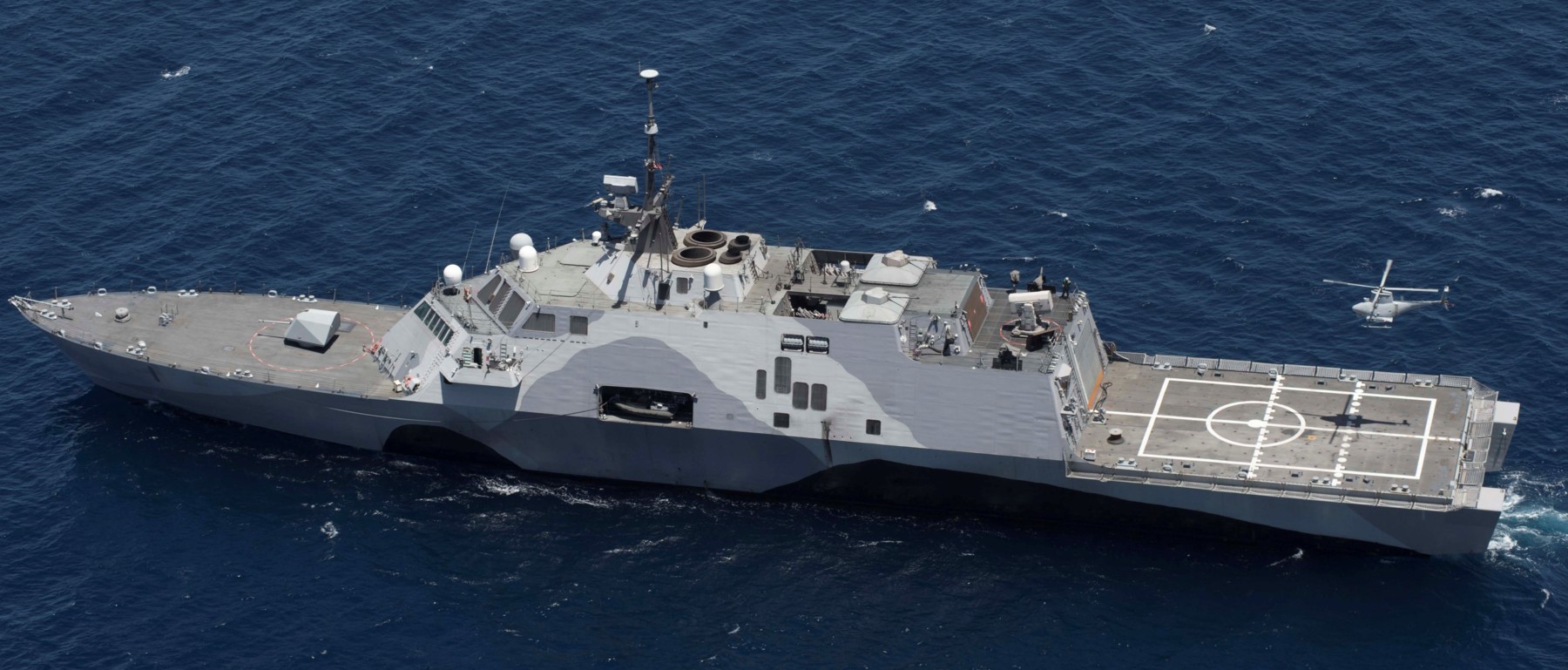 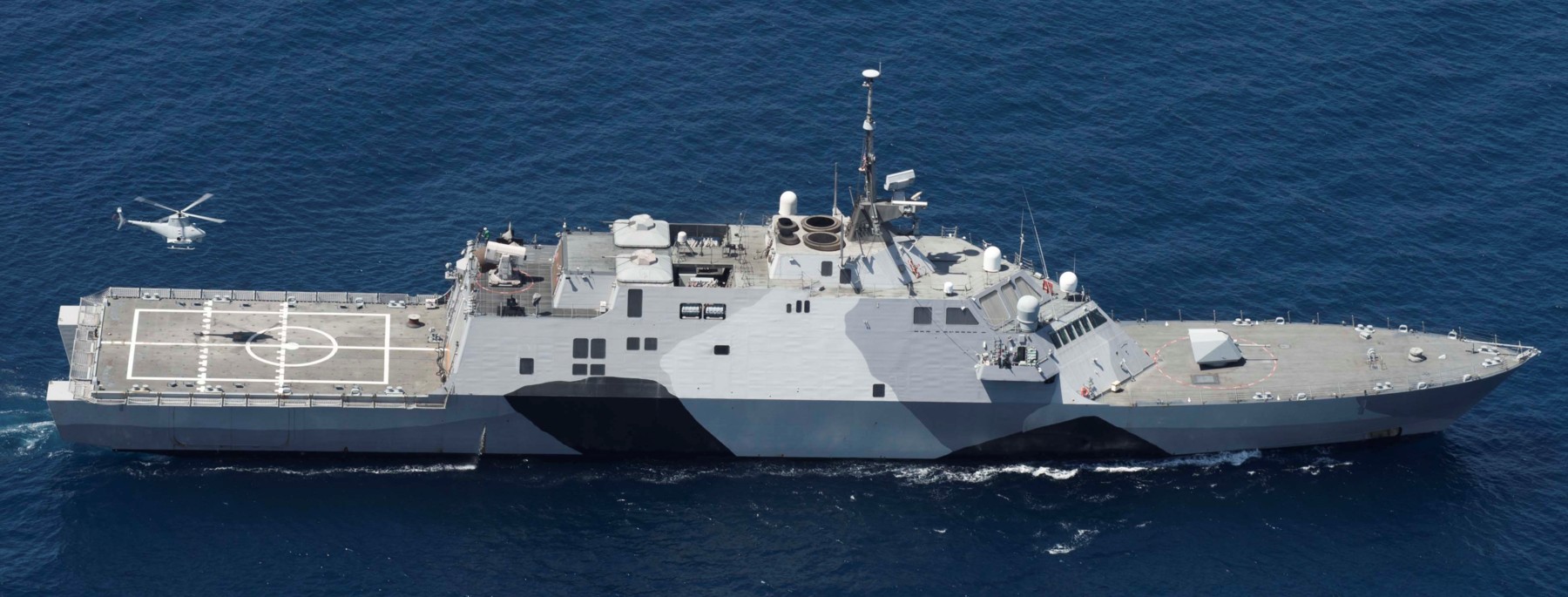 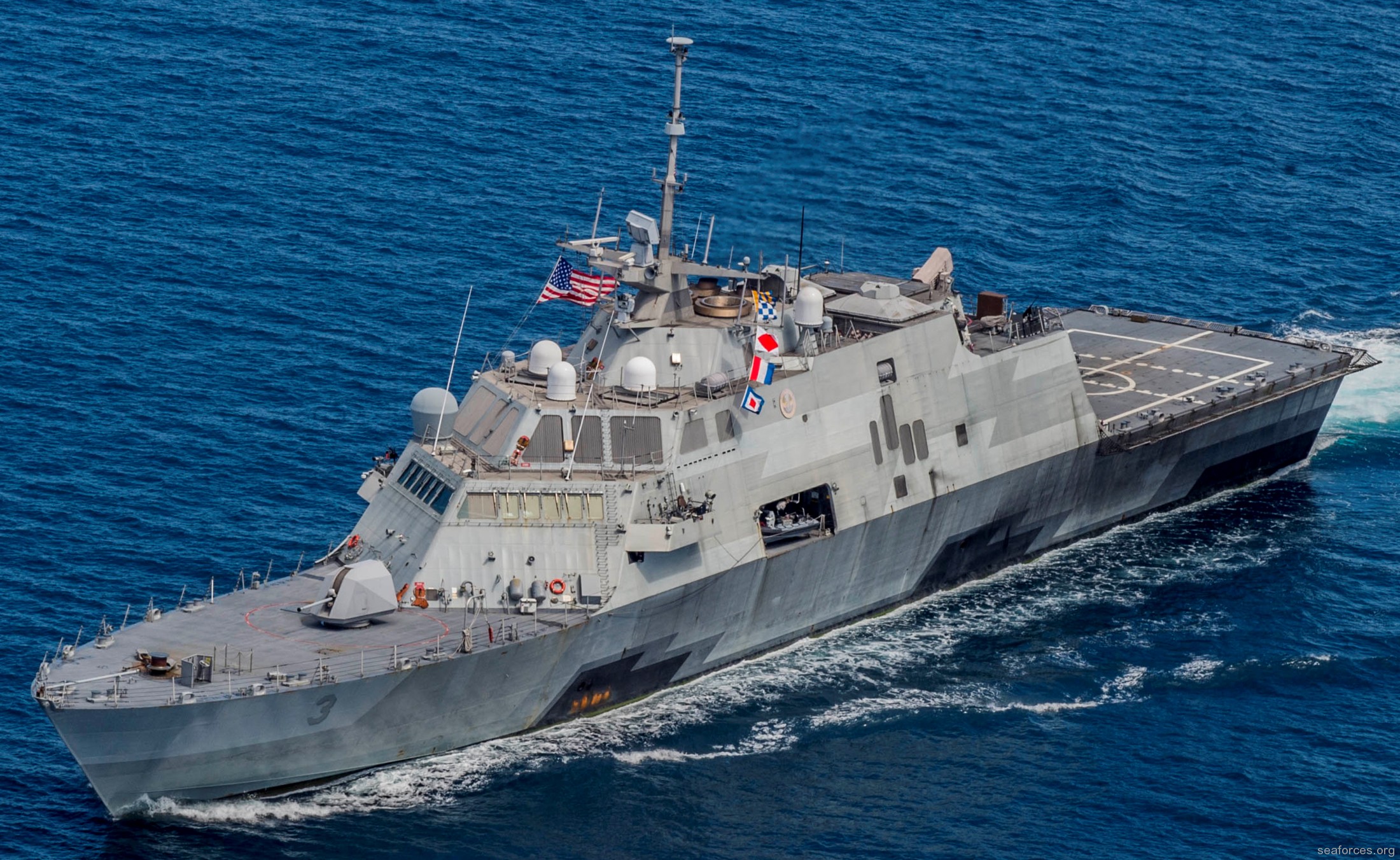 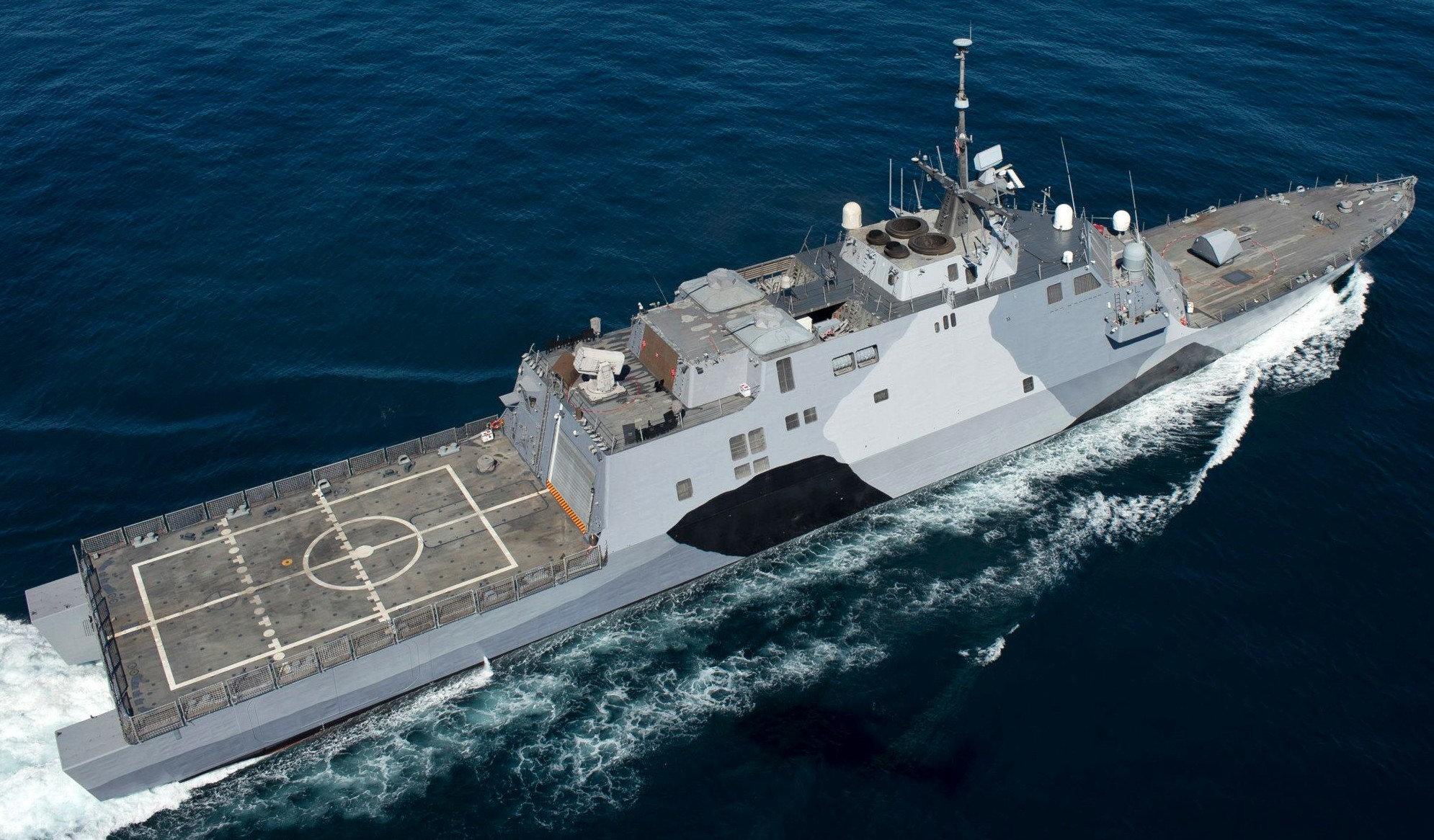 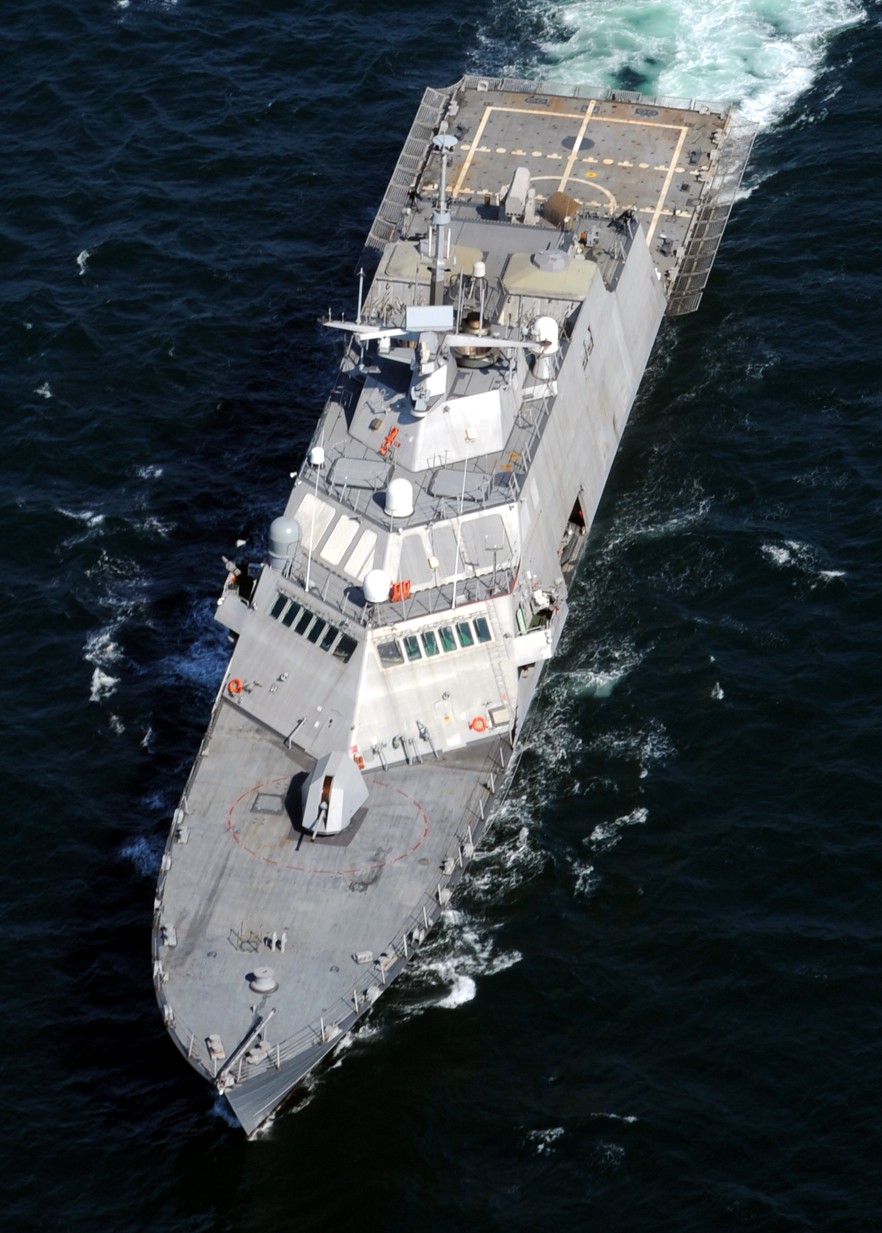 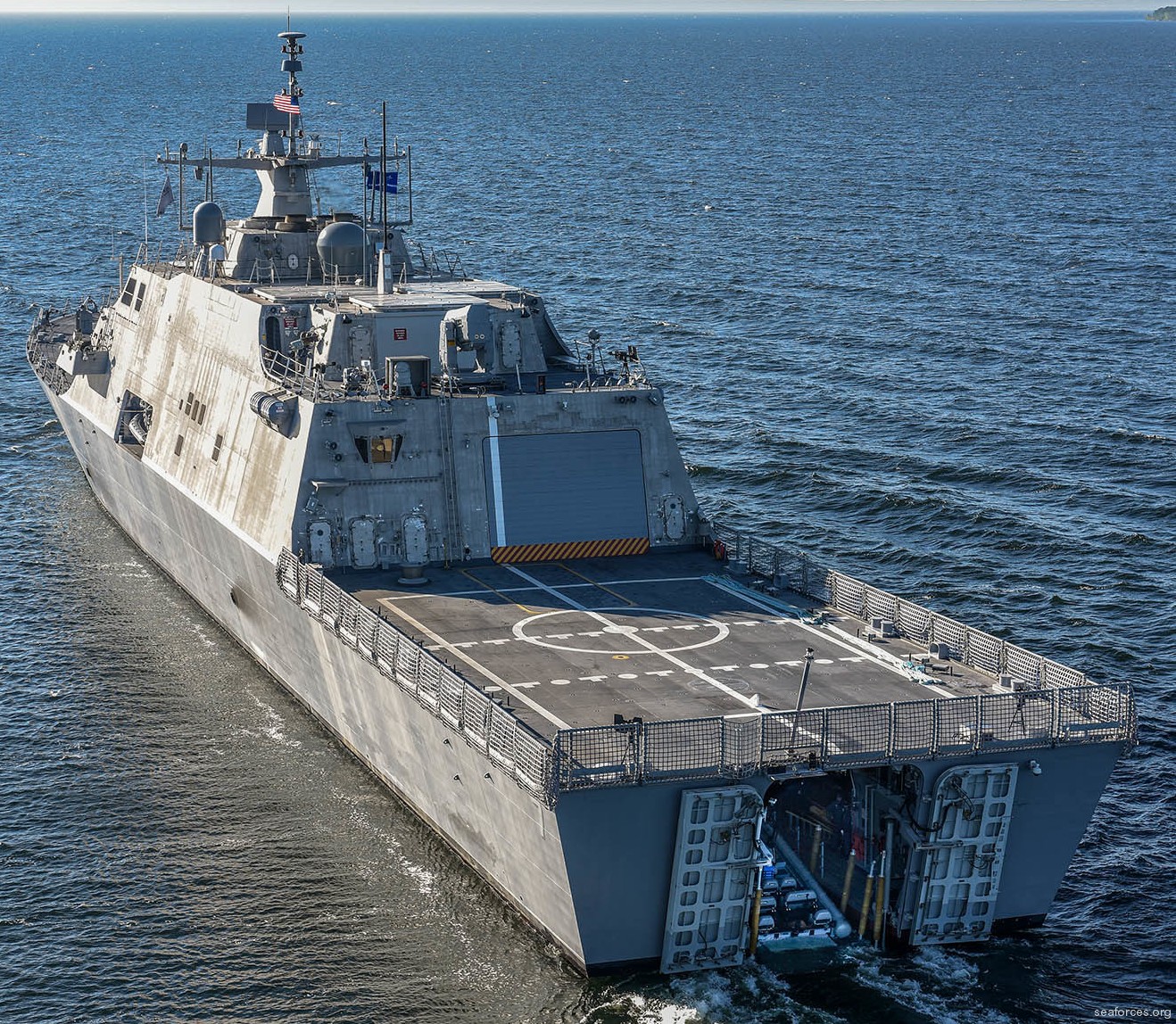 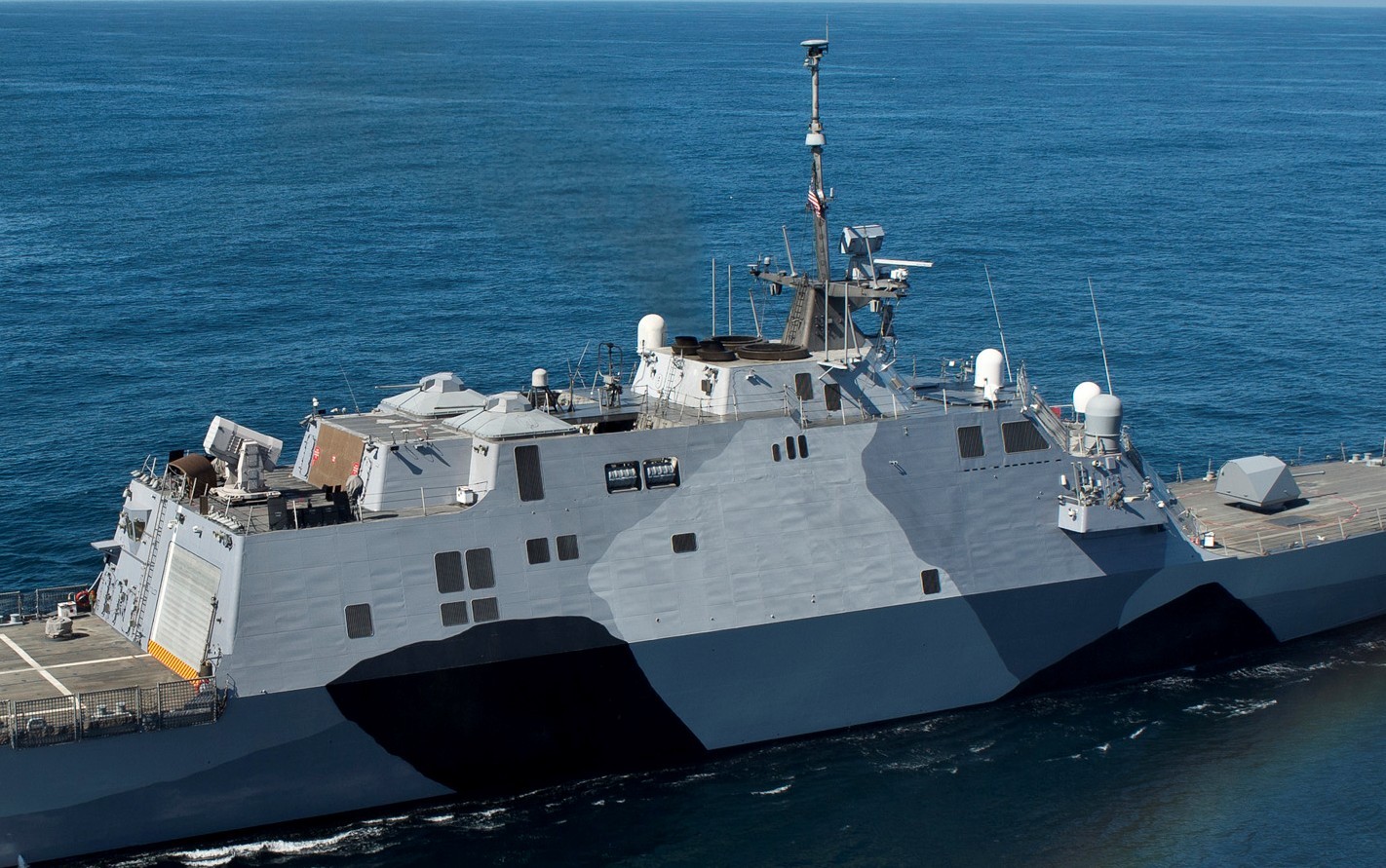 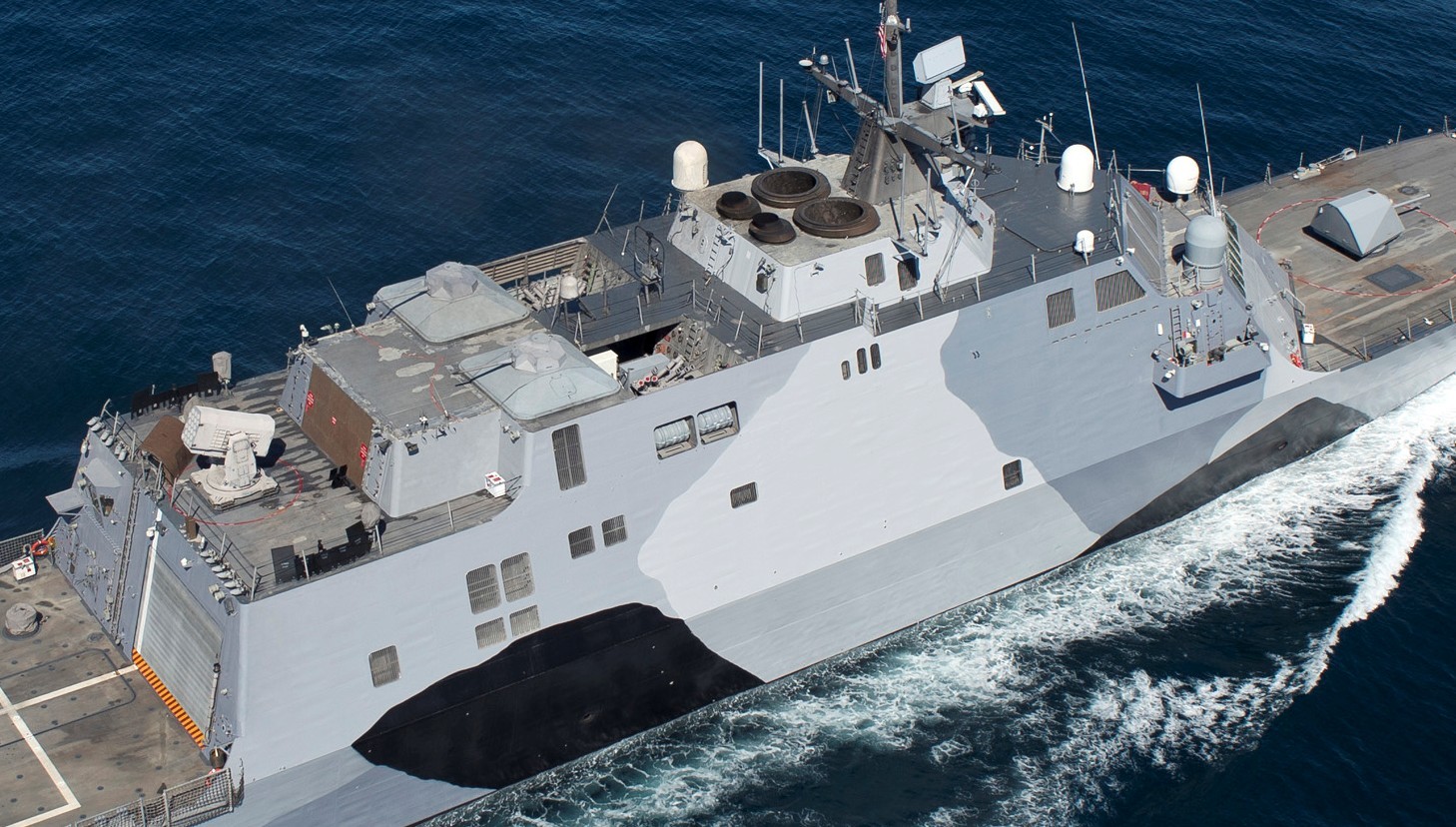 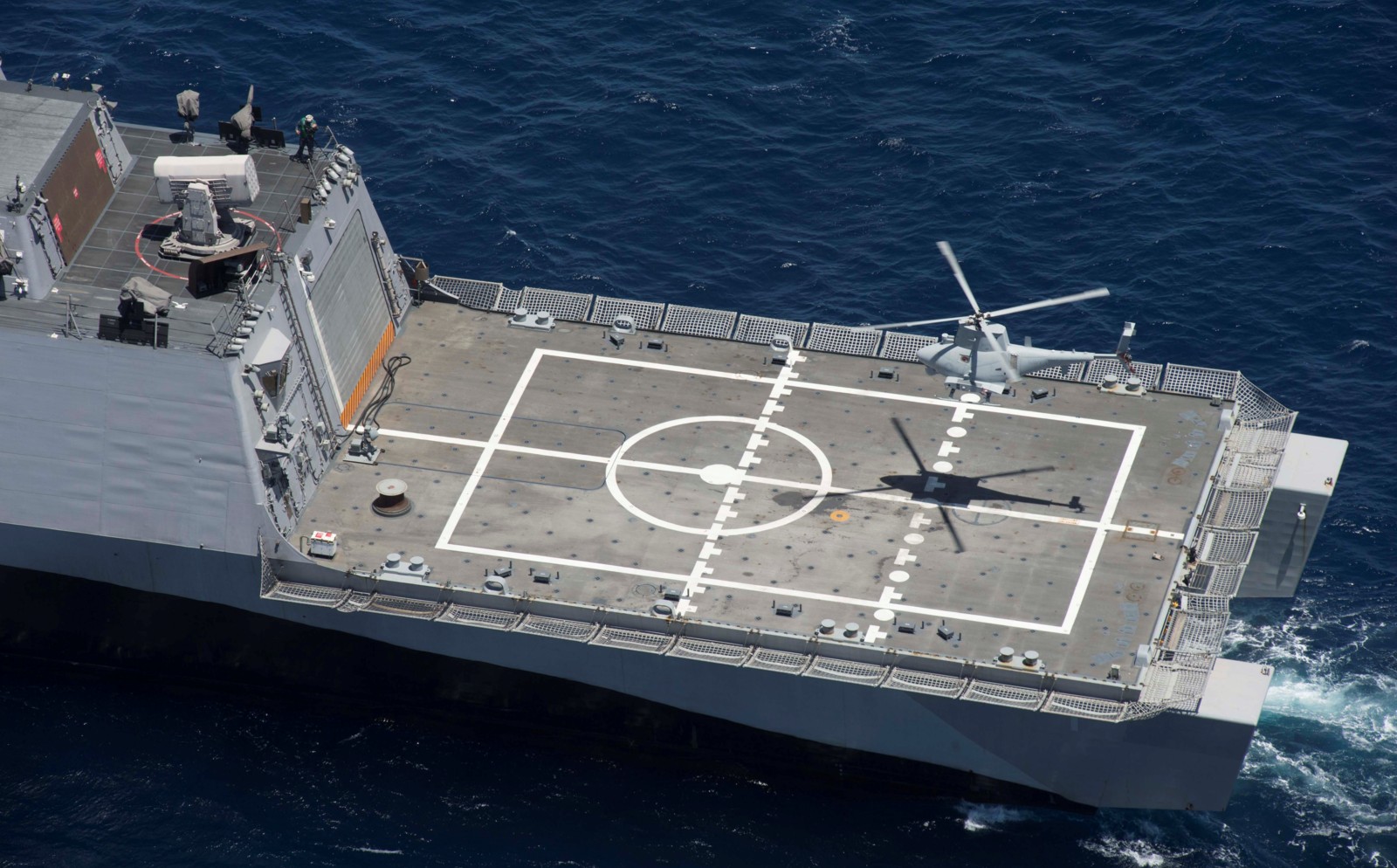 MQ-8B Fire Scout UAV operations 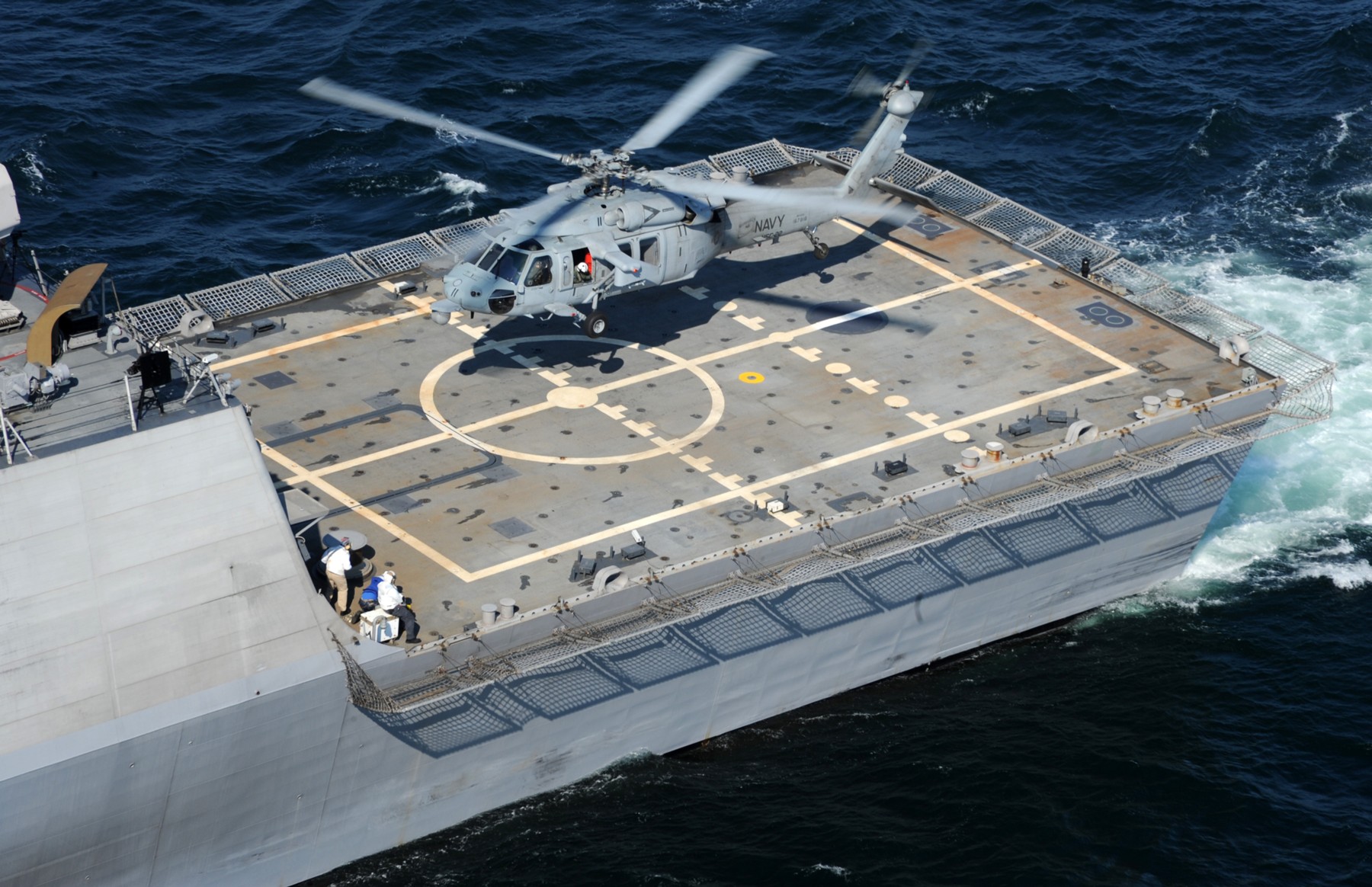 MH-60S Seahawk operations 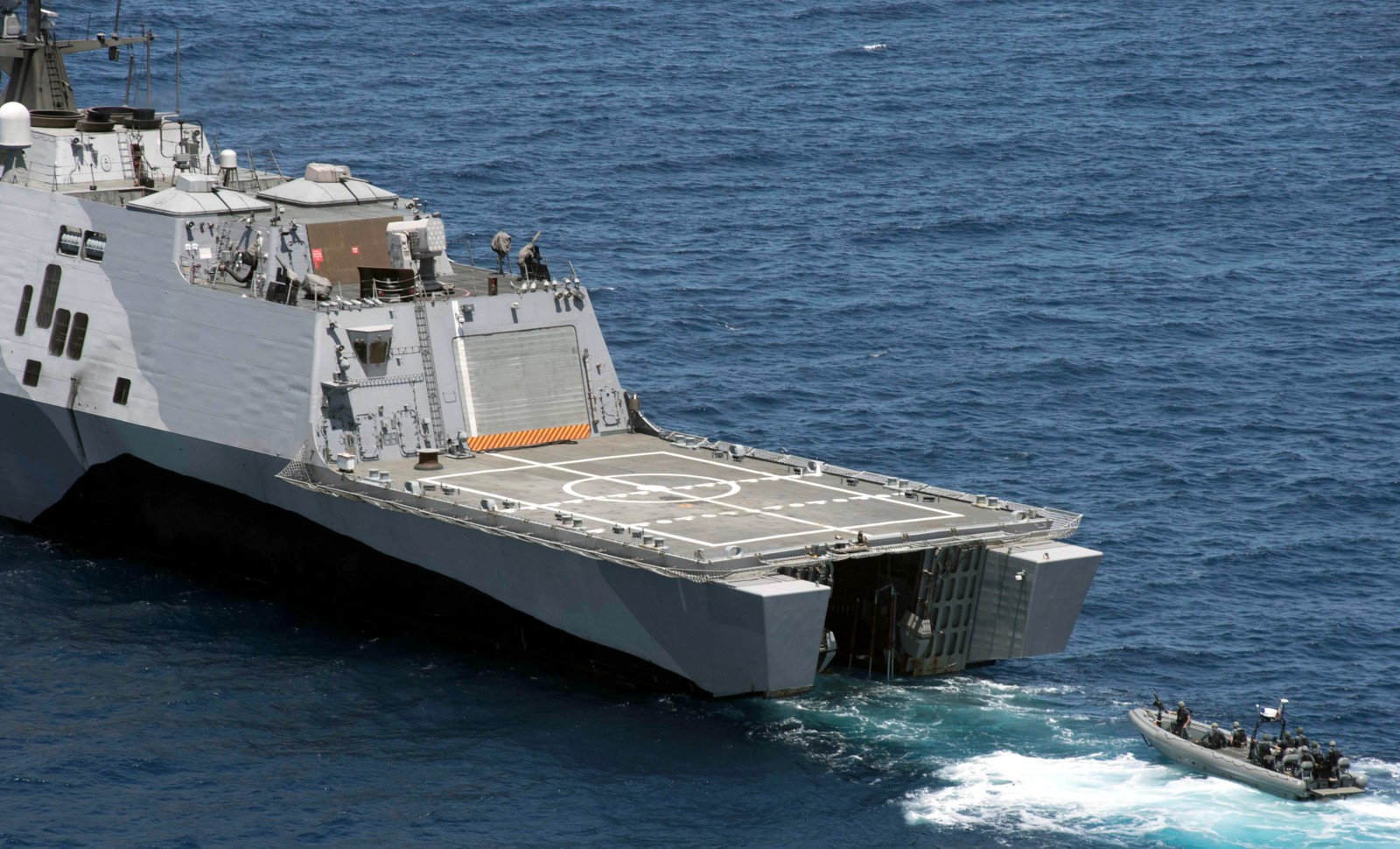 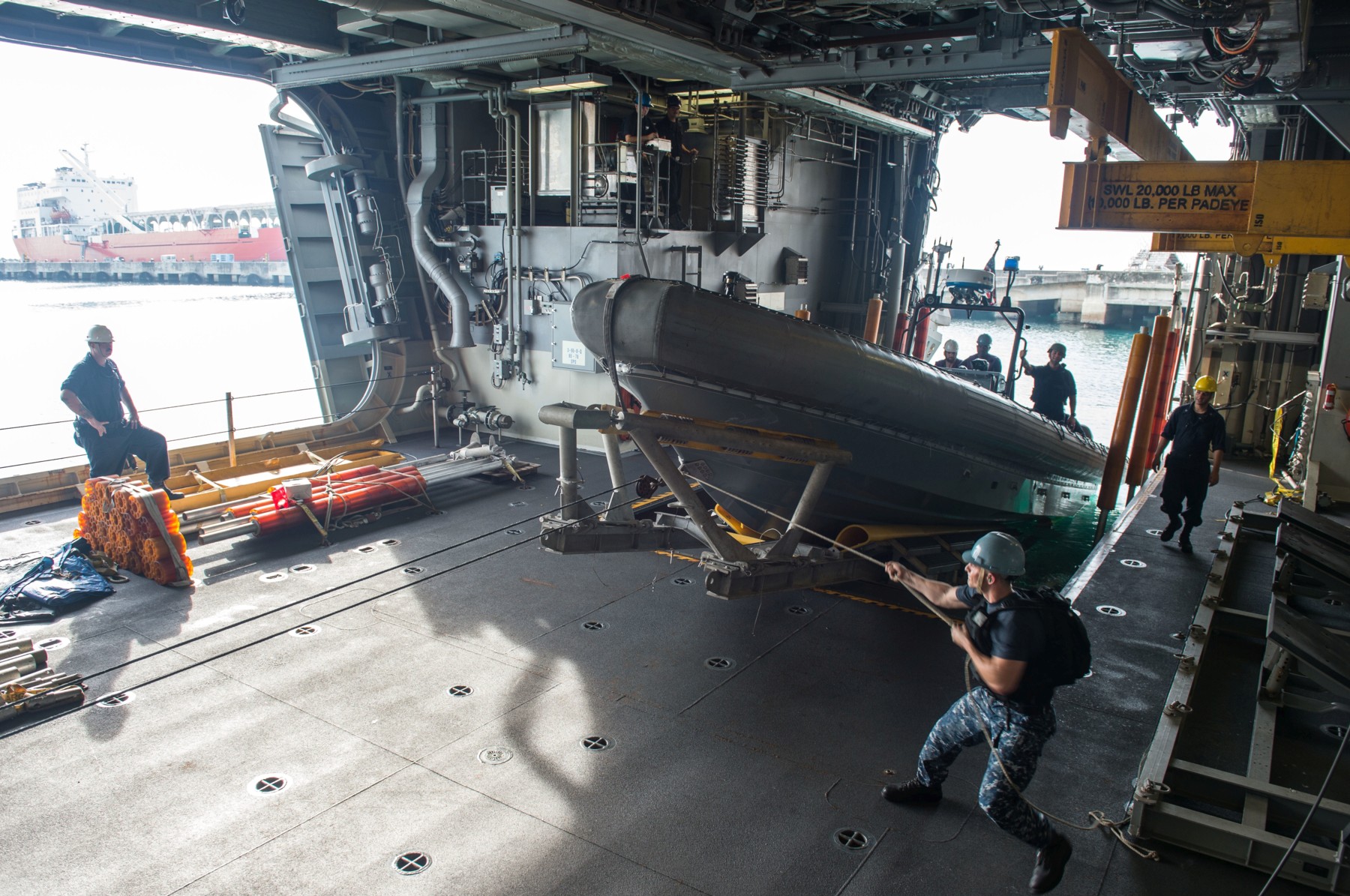 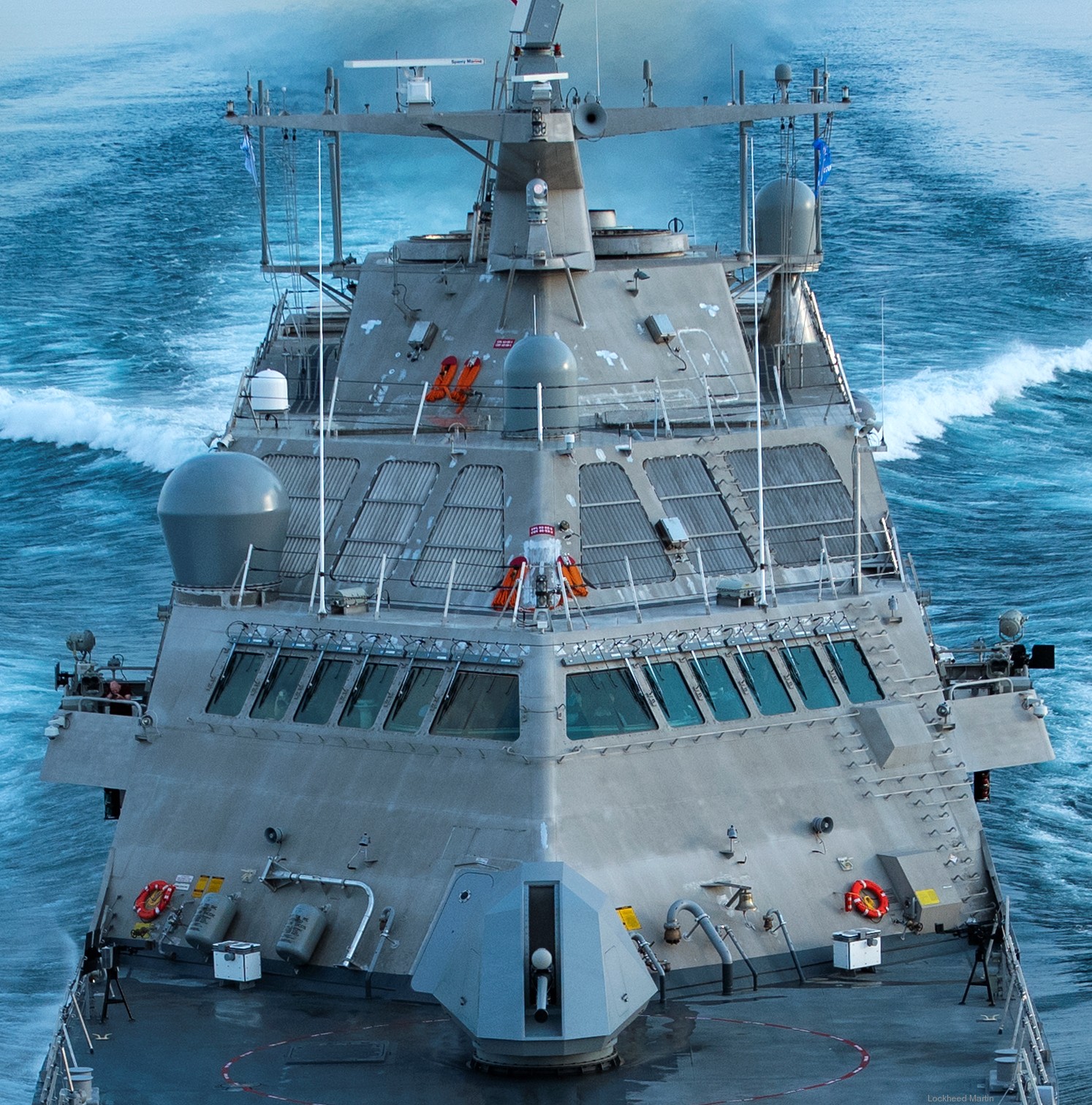   2 x Mk.46 30mm gun  Mk.49 launcher for RIM-116 Rolling Airframe Missile (RAM) 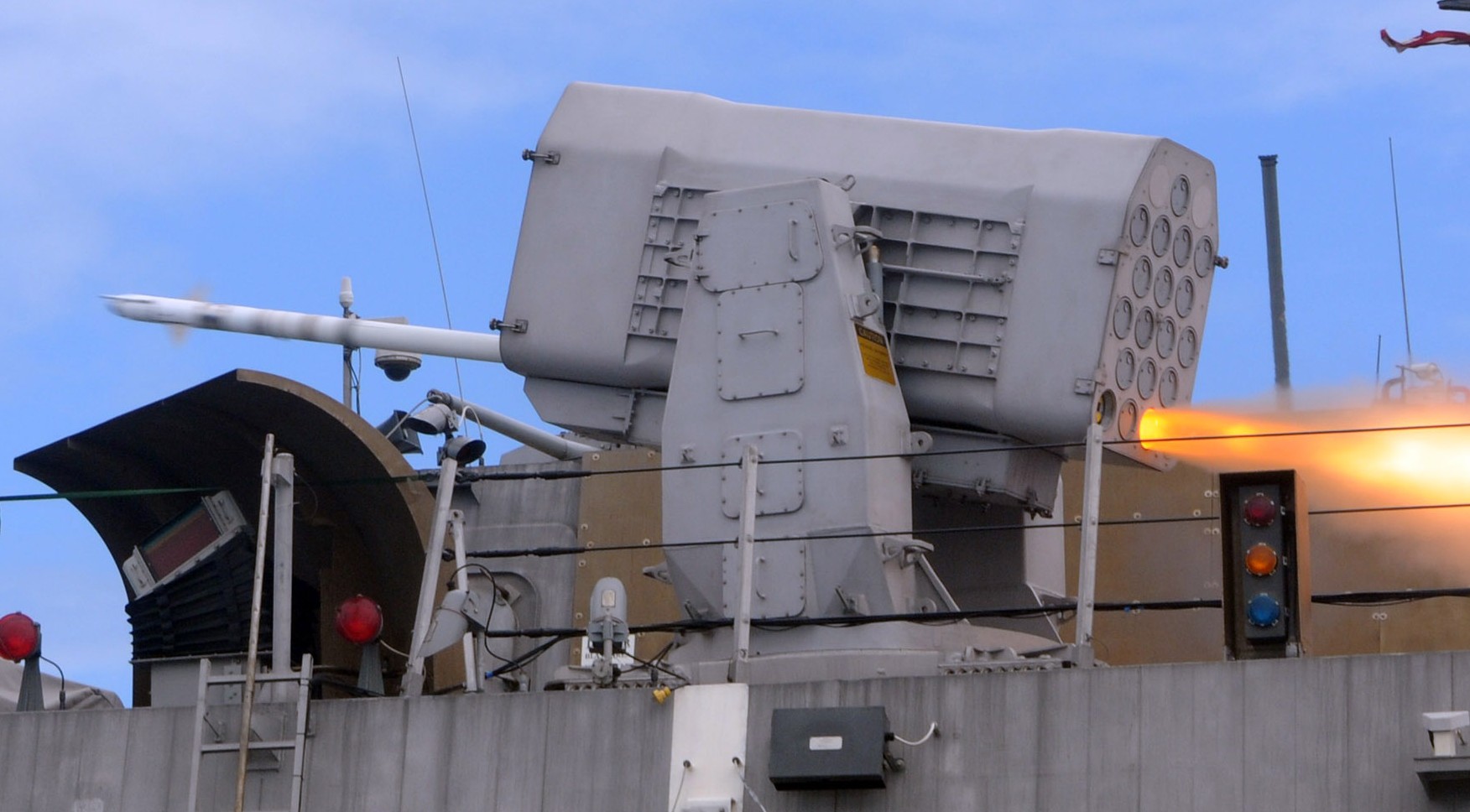 RIM-116 Rolling Airframe Missile (RAM)  spaces for mission packages 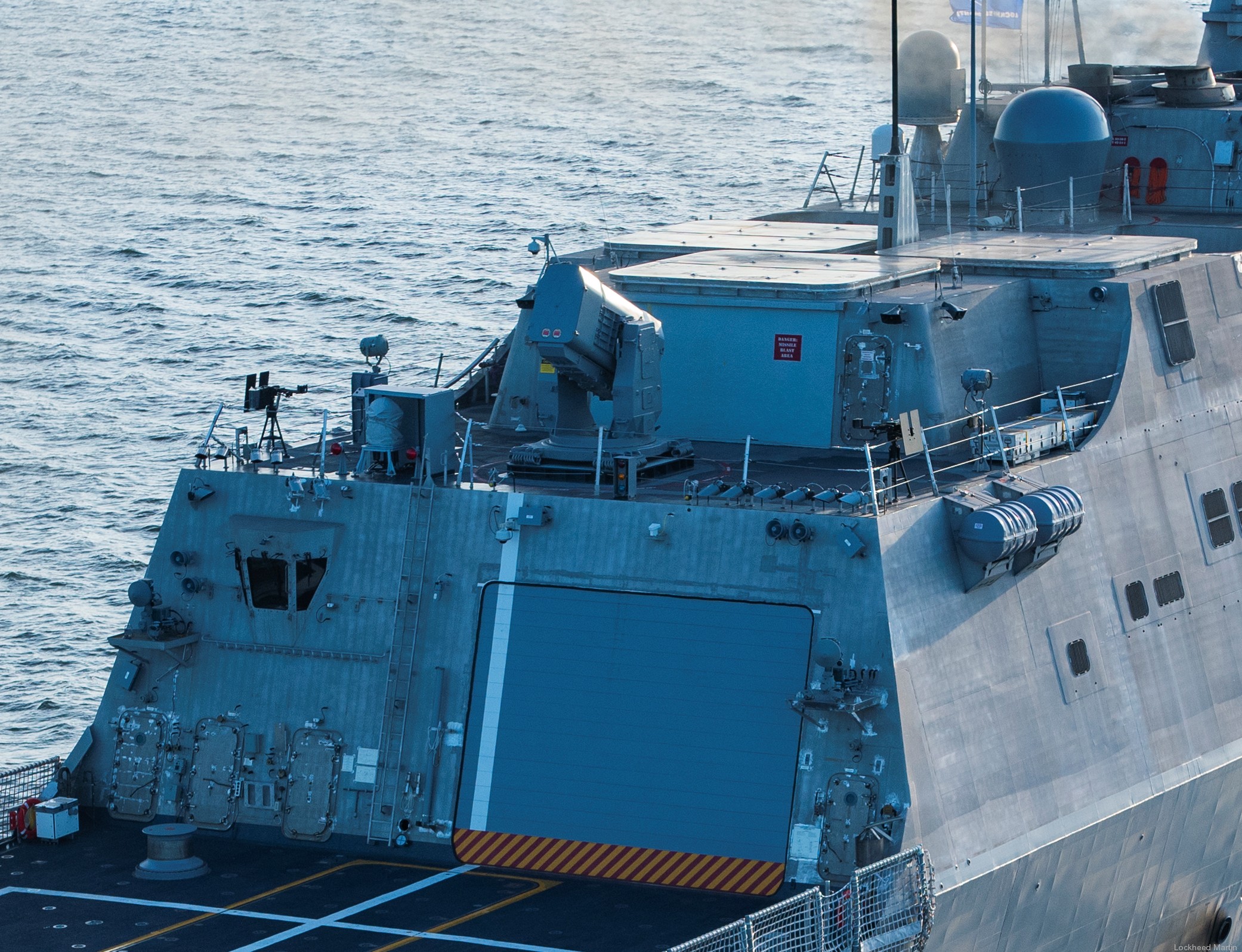  Mk.15 Mod. 31 SeaRAM CIWS (from LCS 17 onwards) 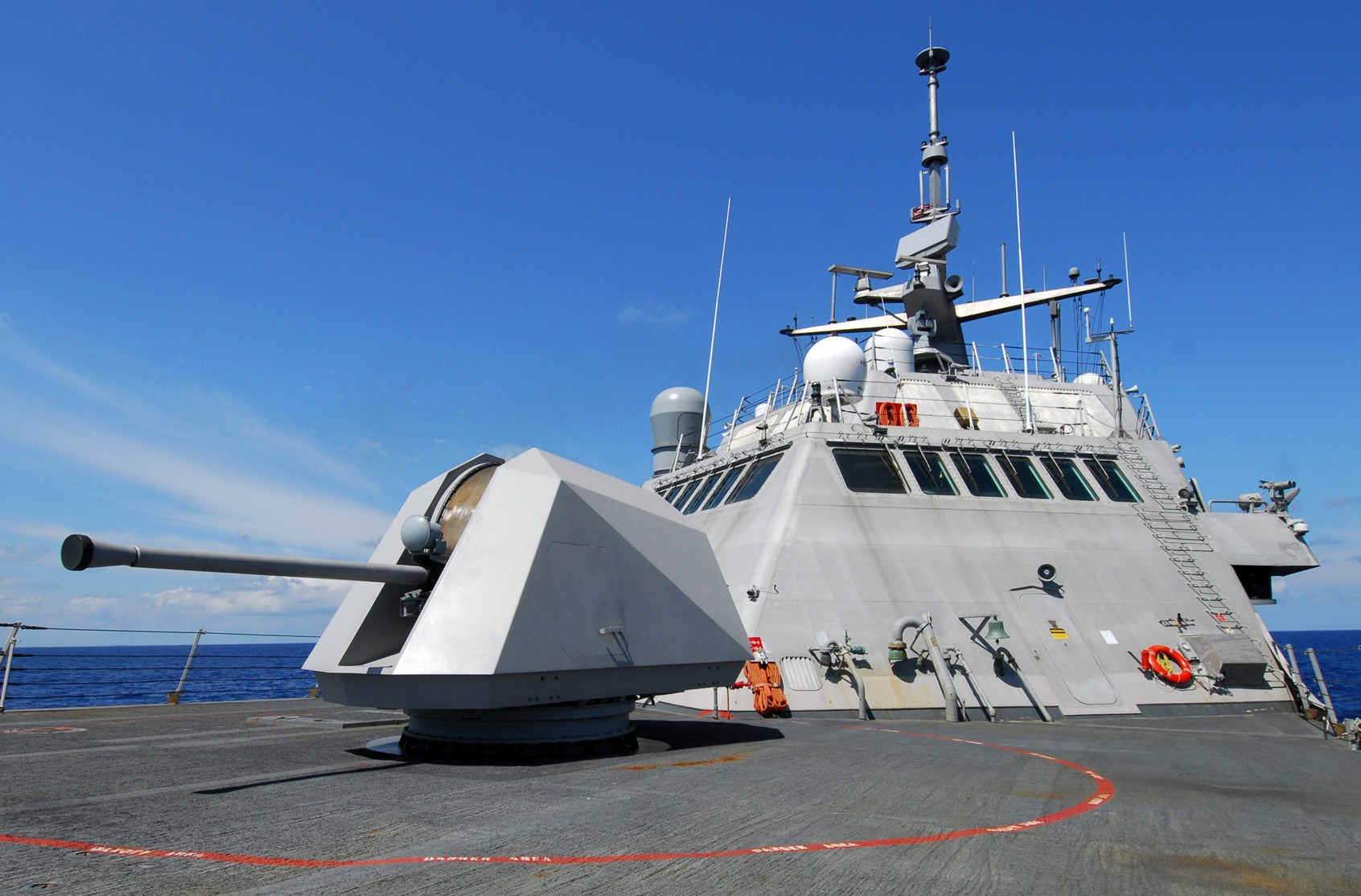 Mk.110 57mm gun  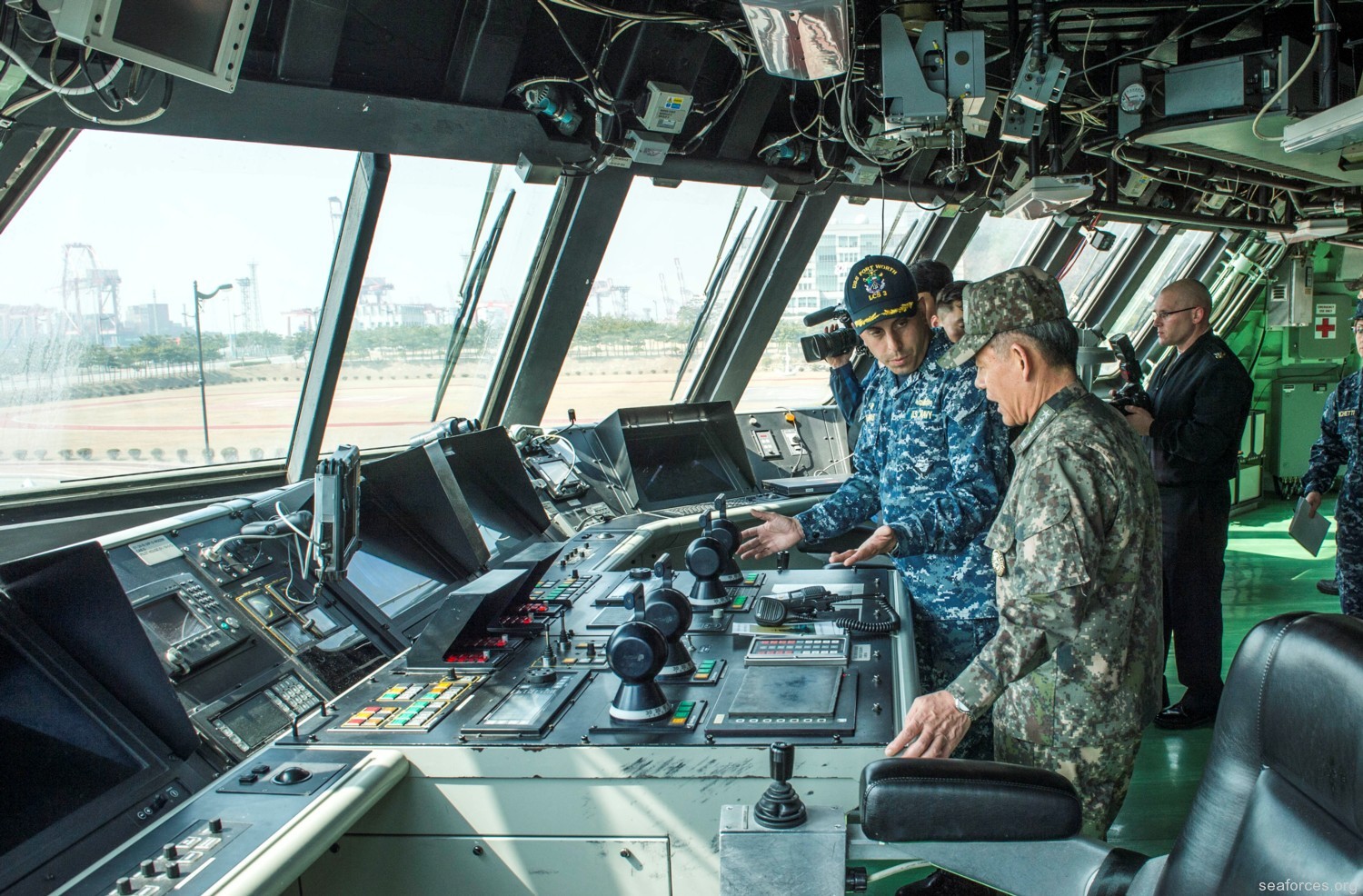 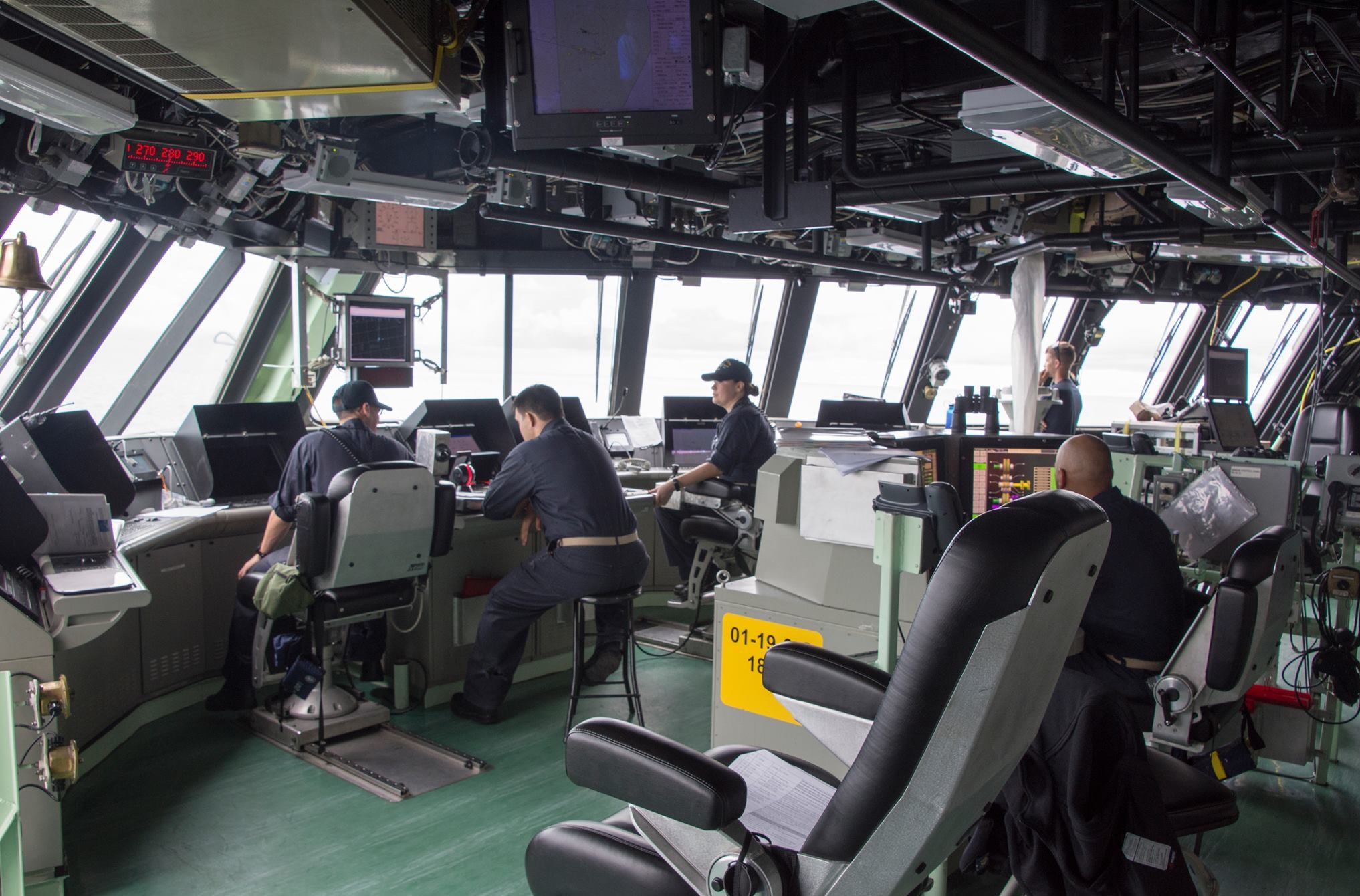 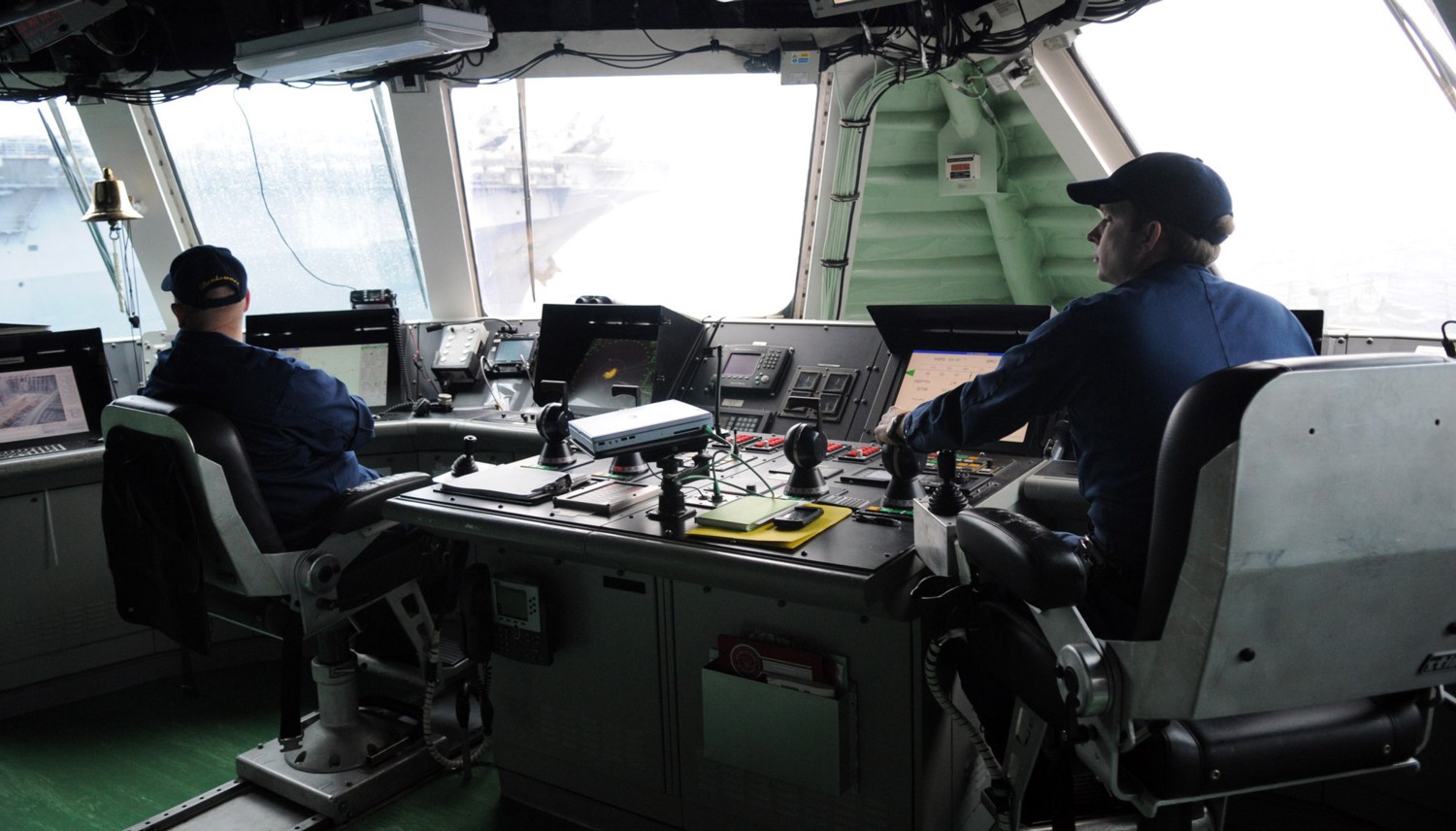  4 x Rolls-Royce Kamewa 153SII waterjets; 2 steerable 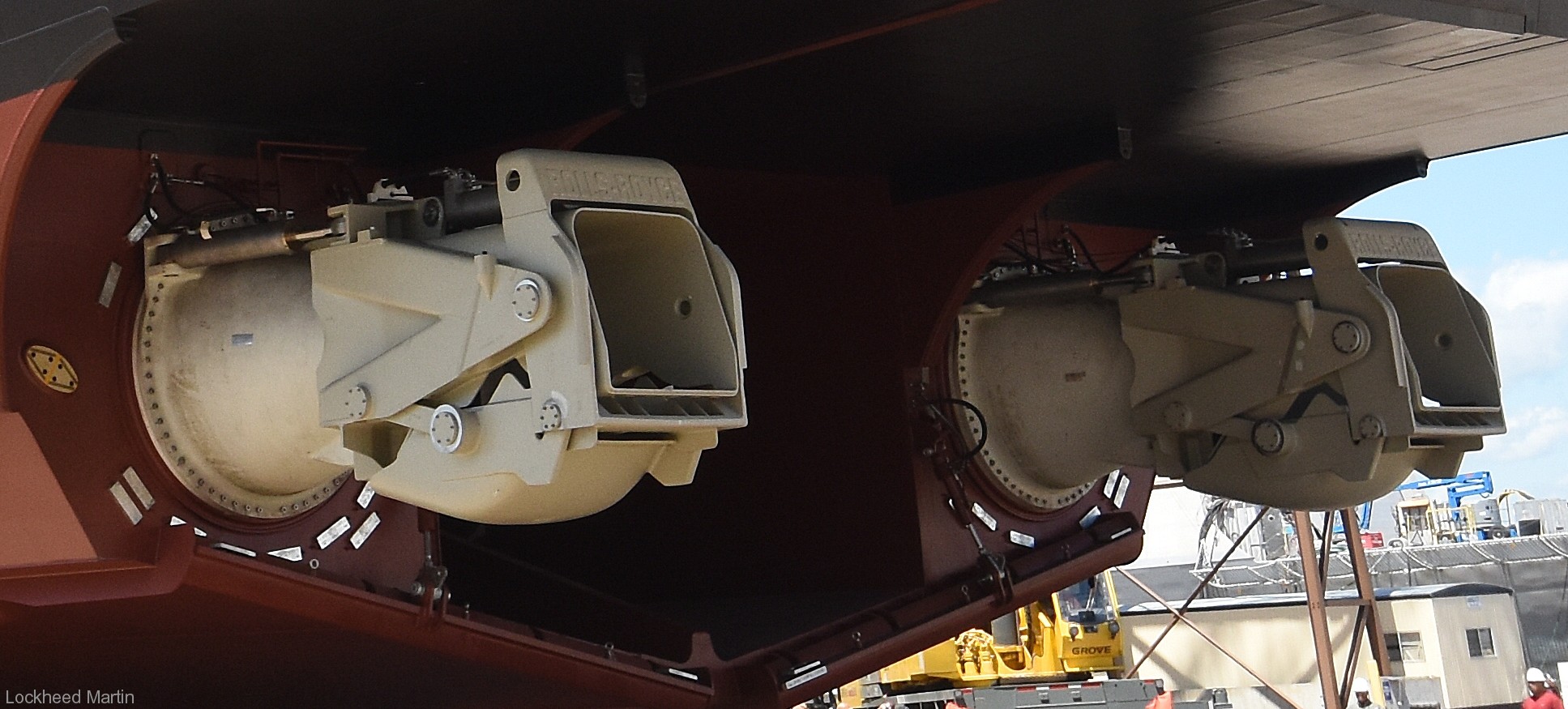  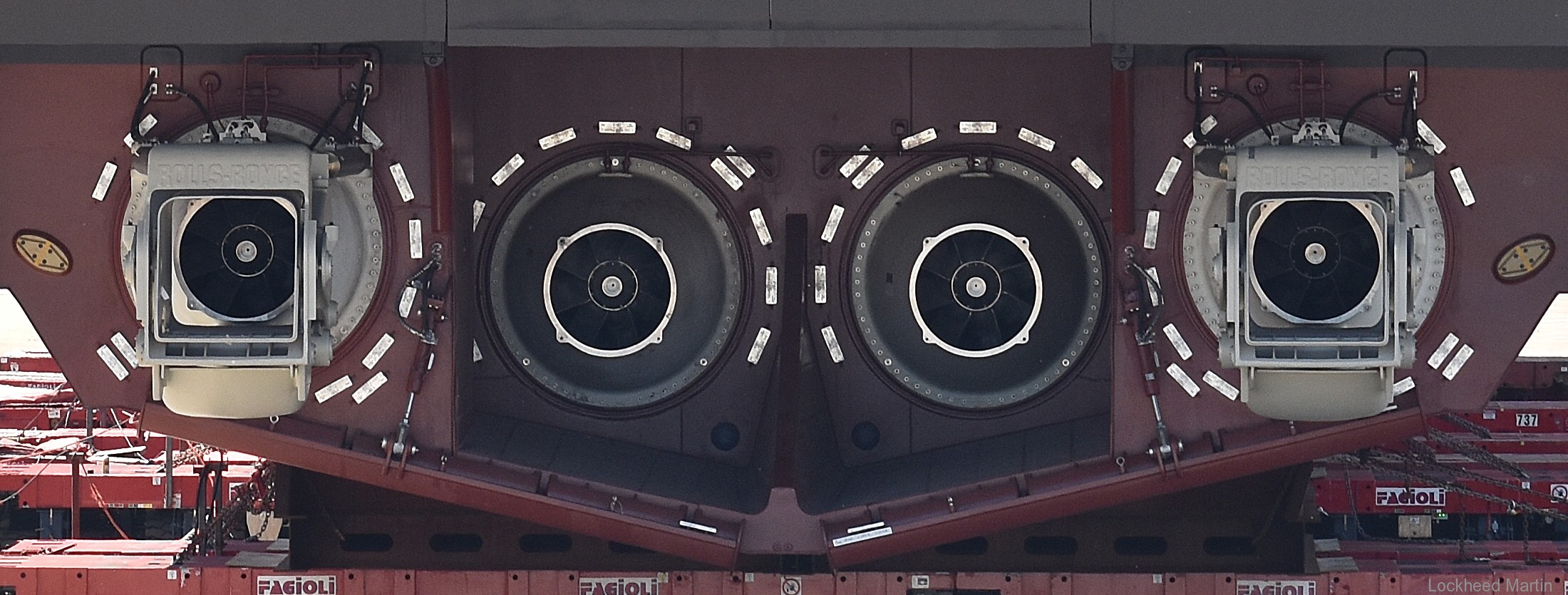   |
|
| | seaforces.org | USN ships start page | |